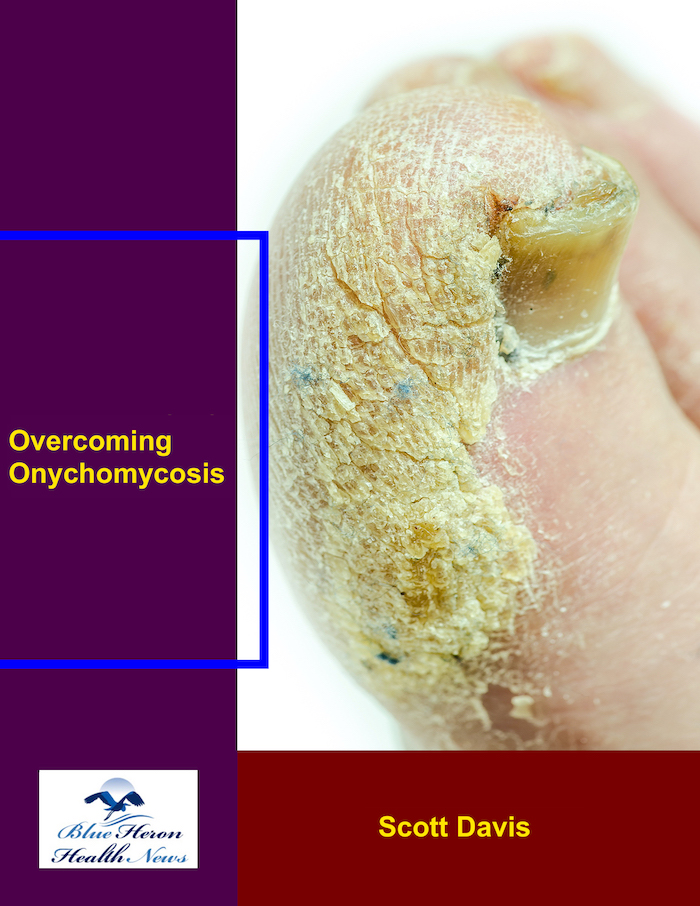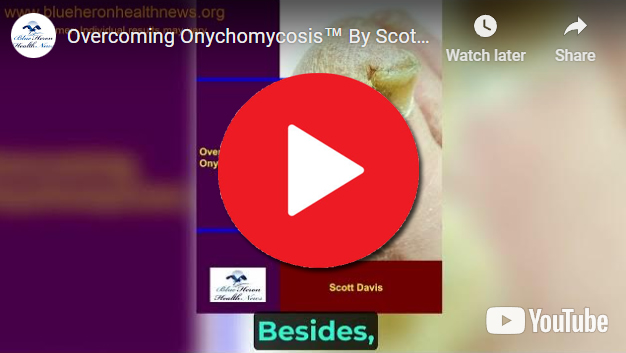
Overcoming Onychomycosis™ By Scott Davis It is a simple, natural, and all-in-one solution for onychomycosis. The program can help you to treat your nail fungus naturally. Once you follow this program, you do not need to spend on expensive treatments to prevent a recurrence. In brief, you can have a proven solution for your chronic nail fungus. Besides, the program is easy to follow, and most users find it effective against onychomycosis.
How can onychomycosis be prevented?
Onychomycosis, a fungal infection of the nails, can be prevented through a combination of good hygiene practices, lifestyle adjustments, and awareness of potential risk factors. Here are some key strategies to prevent onychomycosis:
1. Maintain Good Nail Hygiene
Keep Nails Clean and Dry:
- Regularly wash your hands and feet, and dry them thoroughly, especially between the toes. Fungi thrive in moist environments, so keeping nails dry is crucial.
Proper Nail Care:
- Trim nails regularly and straight across to prevent them from growing into the skin. Use clean and sanitized nail clippers or scissors to avoid introducing fungi to the nails.
Avoid Aggressive Nail Care:
- Be gentle when trimming or cleaning under the nails. Avoid excessive trimming or pushing back cuticles, as these practices can damage the skin and nails, making them more susceptible to infection.
2. Protect Feet in Public Areas
Wear Protective Footwear:
- Wear flip-flops or water shoes in communal showers, locker rooms, swimming pools, and other public areas where the risk of exposure to fungi is higher.
Avoid Sharing Personal Items:
- Do not share towels, nail clippers, shoes, socks, or other personal items, as these can carry fungal spores.
3. Choose Appropriate Footwear and Socks
Breathable Footwear:
- Wear shoes made of breathable materials, such as leather or canvas, to allow air circulation and reduce moisture buildup.
Moisture-Wicking Socks:
- Use moisture-wicking socks, particularly those made from synthetic fibers, which help keep feet dry by drawing moisture away from the skin.
Alternate Shoes:
- Avoid wearing the same pair of shoes every day. Alternate between pairs to allow shoes to dry out fully between uses.
4. Maintain Foot Health
Treat Athlete’s Foot Promptly:
- Athlete’s foot, a common fungal infection of the skin, can spread to the nails if left untreated. Use antifungal treatments as directed and maintain good foot hygiene to prevent spreading.
Inspect Feet and Nails Regularly:
- Regularly check your feet and nails for any signs of infection, such as discoloration, thickening, or changes in texture. Early detection and treatment can prevent the infection from spreading.
5. Use Antifungal Products Preventatively
Antifungal Sprays and Powders:
- Use antifungal sprays or powders in your shoes and on your feet, especially if you are prone to sweating or have had fungal infections before.
Topical Antifungal Treatments:
- Consider using over-the-counter antifungal creams or lotions if you notice early signs of fungal infection or after exposure to high-risk environments.
6. Manage Underlying Health Conditions
Control Blood Sugar Levels:
- For individuals with diabetes, controlling blood sugar levels is crucial, as high blood sugar can increase the risk of fungal infections.
Boost Immune System:
- A strong immune system helps prevent infections, including fungal infections. Maintain a healthy lifestyle with a balanced diet, regular exercise, adequate sleep, and stress management.
7. Avoid Nail Trauma and Tight Footwear
Protect Nails from Trauma:
- Avoid nail trauma by wearing properly fitting shoes and using caution during activities that could injure the nails, such as sports or manual labor.
Properly Fitting Footwear:
- Ensure shoes are not too tight, as tight footwear can damage nails and create an environment conducive to fungal growth.
8. Be Cautious with Nail Salons
Choose Reputable Salons:
- If you visit nail salons, choose reputable ones that follow strict sterilization practices for tools and equipment.
Bring Your Own Tools:
- Consider bringing your own nail care tools to reduce the risk of cross-contamination.
Conclusion
Preventing onychomycosis involves a proactive approach to nail and foot care, hygiene, and lifestyle choices. By maintaining good nail hygiene, protecting your feet in public areas, choosing appropriate footwear, and using antifungal products, you can significantly reduce the risk of developing a fungal nail infection. Additionally, managing underlying health conditions and avoiding nail trauma are important preventative measures. If you suspect an infection, seek treatment promptly to prevent it from spreading or becoming more severe.
Overcoming Onychomycosis™ By Scott Davis It is a simple, natural, and all-in-one solution for onychomycosis. The program can help you to treat your nail fungus naturally. Once you follow this program, you do not need to spend on expensive treatments to prevent a recurrence. In brief, you can have a proven solution for your chronic nail fungus. Besides, the program is easy to follow, and most users find it effective against onychomycosis.
